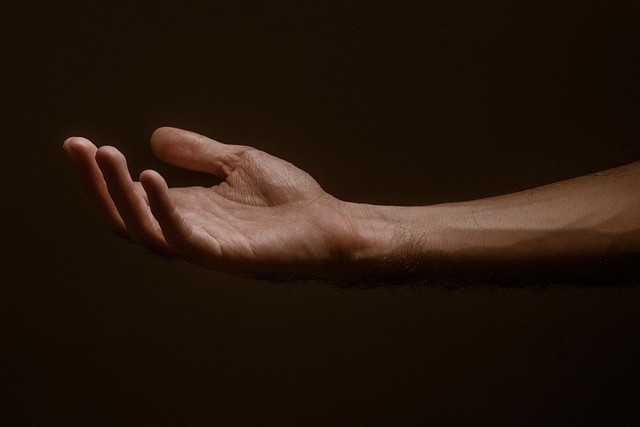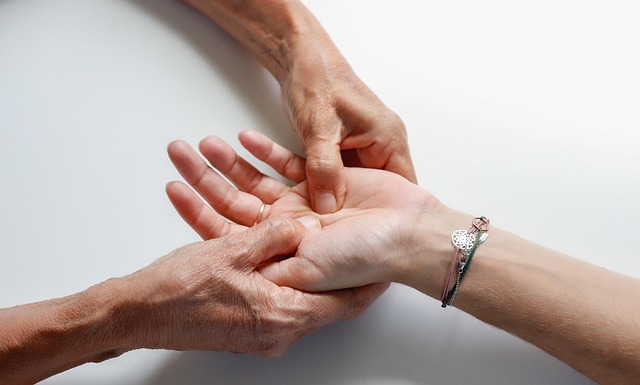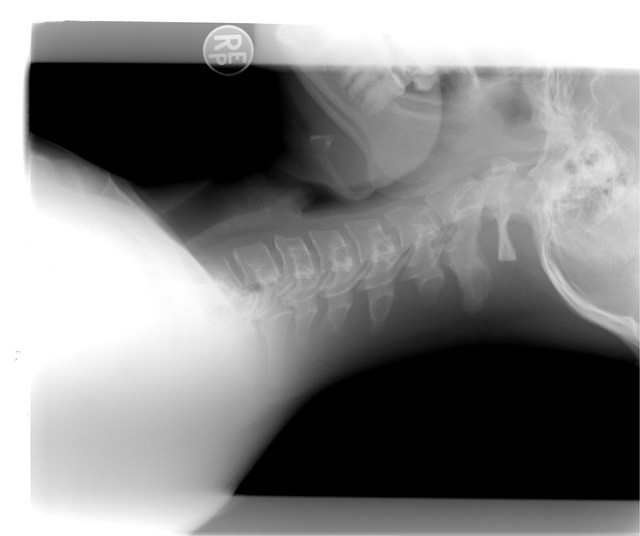In 2006, a groundbreaking randomized controlled trial, researchers led by Lucy Jane Goldby, et. al., investigated the effectiveness of various components of musculoskeletal physiotherapy in addressing chronic low back disorder. This study aimed to determine the efficacy of manual therapy versus a 10-week spinal stabilization rehabilitation program in managing this prevalent condition.
The background data summarized the prevalence of musculoskeletal physiotherapy techniques, with manual therapy and spinal stabilization exercises being the most commonly utilized. However, despite their widespread use, there was limited empirical evidence supporting their effectiveness, particularly for individuals with chronic low back disorder.
The study enrolled a total of 346 participants who were randomly assigned to one of three groups: manual therapy, spinal stabilization rehabilitation, or a minimal intervention control group. Data collection occurred at baseline and at 3, 6, 12, and 24 months post-intervention. Various outcome measures were assessed, including low back pain intensity, disability, handicap, medication usage, and quality of life. The researchers employed a primary component analysis to consolidate four main variables into a single outcome measure, representing overall dysfunction.
Results from the study revealed significant improvements favoring the spinal stabilization group, particularly at the 6-month mark, where a remarkable 65.9% reduction in pain symptoms was observed. Additionally, participants in the spinal stabilization group exhibited substantial improvements in dysfunction, with a combined mean reduction of 134 (standard error 23.84). At the 1-year follow-up, significant reductions in medication usage (34.3%), dysfunction (combined mean reduction of 134, standard error 18.2), and disability (mean difference in change 15.71 on the Oswestry Disability Index, 95% confidence interval 19.3-10.01) were noted.
The study’s conclusions highlight the superiority of the spinal stabilization program over manual therapy or minimal intervention for chronic low back disorder management over time. Notably, both manual therapy and the spinal stabilization program were found to be significantly effective in reducing pain compared to the active control group. This finding represents a significant contribution to the field, as it demonstrates the effectiveness of these interventions in treating chronic low back disorder, an area where empirical evidence has been lacking.
Reference: Goldby, L. J., Moore, A. P., Doust, J., & Trew, M. E. (2006). A randomized controlled trial investigating the efficiency of musculoskeletal physiotherapy on chronic low back disorder.




